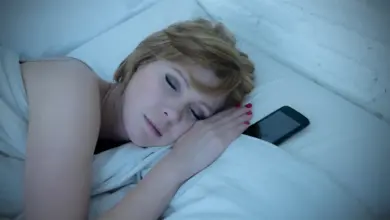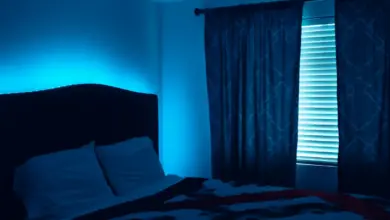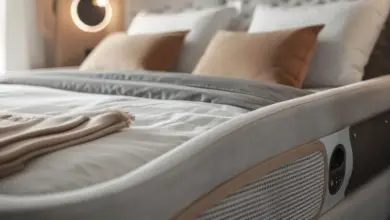Alarming Sleep Apnea: Statistics Australia 2022
Do you snore? Chances are, if you do, you might have sleep apnea. While sleep apnea can occur without snoring, the two often go hand-in-hand.
Sleep apnea is a potentially serious but often undiagnosed sleep disorder that occurs when a person’s breathing repeatedly starts and stops. This interruption can occur multiple times throughout the night and can last for seconds or even minutes. People with sleep apnea snore often and wake up feeling tired or unrefreshed.
An estimated one in five Australians snores regularly. And of those who snore, around 60% are likely to have sleep apnea. If you’re one of the many Australians who suffer from sleep apnea or snoring, you’re not alone. In this post, we’ll take a look at the latest statistics on sleep apnea and snoring in Australia.
If you would like to understand the scale of the problem, keep reading!
Table of Contents
Toggle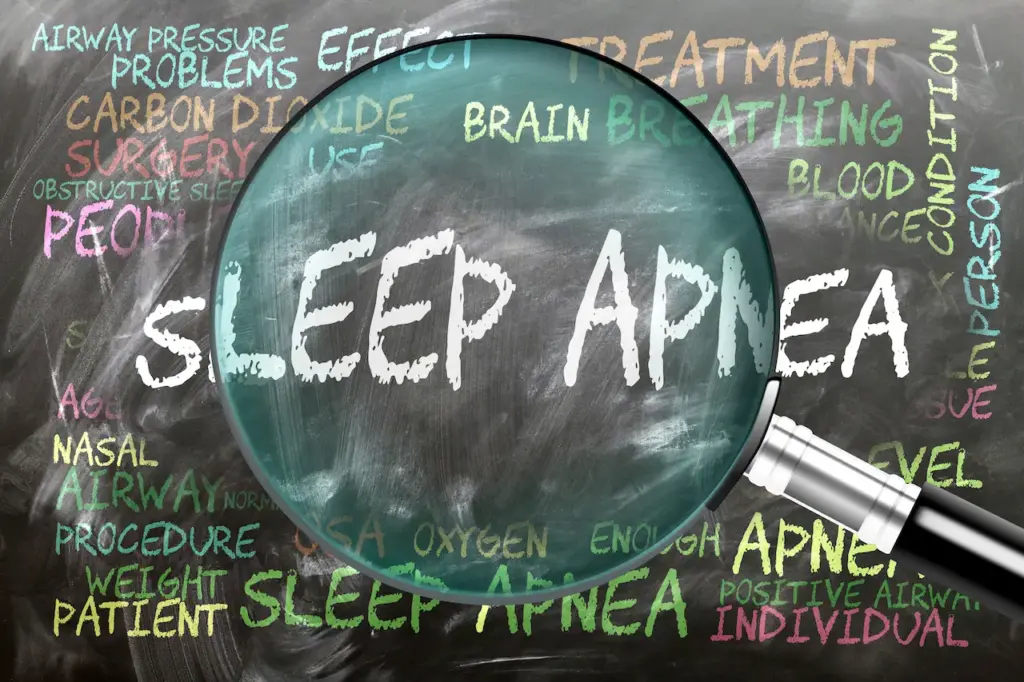
Sleep Apnea & Snoring Facts Australia: 10 Key Points
- An estimated one in ten Australians (or 2.5 million Aussies) have sleep apnea to some degree. Of these, about 80% remain undiagnosed.
- One in five Australians (or 5 million Aussies) occasionally snore while 1.9 million Australians or 7% of the population are habitual snorers.
- Sleep apnea affects 13.3% of women and 25% of men in Australia.
- In 2018-2019, about 8,90,000 Aussies sought formal help for moderate-severe OSA. Of those, 24% were women and 76% were men.
- It’s estimated that 58% of moderate-severe OSA is due to obesity.
- People suffering from sleep apnea are six times more likely to have a stroke and heart disease and four times more likely to die in a car accident while driving due to loss of concentration.
- It’s estimated that 60% of Australian snorers have sleep apnea.
- Aussie men are three times more likely to snore than women (38% vs 12%).
- Snoring is the fifth leading cause of divorce in Australia.
- The annual direct and indirect economic burden due to undiagnosed sleep apnea is estimated to be $5.1 billion per year to the Aussies.
Sleep Apnea Facts & Figures Australia
1. As many as One in Ten Australians suffer from sleep apnea.
An estimated 2.5 million Australians or roughly 10% of the population suffer from mild to moderate sleep apnea. These figures are comparable to the number of Australians suffering from diabetes.
An estimated 80% of people with sleep apnea remain undiagnosed. Because the signs of sleep apnea are not always apparent, it frequently goes unnoticed. Sleep apnea symptoms include snoring, gasping for air during sleep, and waking up feeling tired or unrefreshed.
2. Mild OSA accounts for 95% of all sleep apnea cases in Australia.
Mild Obstructive sleep apnea (OSA) is the most common type of sleep apnea, accounting for 95% of all cases in Australia. Moderate and severe OSA is less common, accounting for the remaining cases.
Mild OSA is defined as having fewer than 15 apneas (pauses in breathing) per hour on the AHI scale. Moderate OSA is defined as having 15-30 apneas per hour. Severe OSA is defined as having more than 30 apneas per hour.
3. About 5% of Australians suffer from moderate to severe OSA.
An estimated 1.25 million Australians suffer from moderate to severe OSA. The actual figures are likely to be higher as most OSA cases go undiagnosed.
4. Sleep apnea affects more men than women.
Sleep apnea is two times more common in men than women. It is estimated that 13.0% of women and 25% of men in Australia have sleep apnea. This difference is not fully understood, but it is thought to be due to higher obesity rates in men and smaller airway sizes in women.
5. The risk of OSA increases with age.
Obstructive sleep apnea affects 25% of males in the 30-40 years age group, 49% of males in the 40-69 years age group and 62% of males above 70 years age group.
6. An estimated 74% of Australians with Type II diabetes have sleep apnea.
Type II diabetes is a major risk factor for OSA due to the shared risk factors of obesity and age. It is estimated that 74% of people with Type II diabetes have sleep apnea.
8. Obesity is a major risk factor for OSA.
It’s estimated that 58% of moderate-severe OSA is due to obesity. Obesity can lead to excess fat deposition around the neck and chest, narrowing the airway and leading to OSA.
9. 55% of the diagnosed OSA cases are mild in Australia.
Mild OSA accounts for 55% of all diagnosed sleep apnea cases in Australia. Moderate OSA accounts for 30% of cases, and severe OSA accounts for 25%. It is estimated that 80% of people with sleep apnea remain undiagnosed, so the above numbers don’t paint the whole picture.
10. OSA affects 2 to 3% of Aussie children.
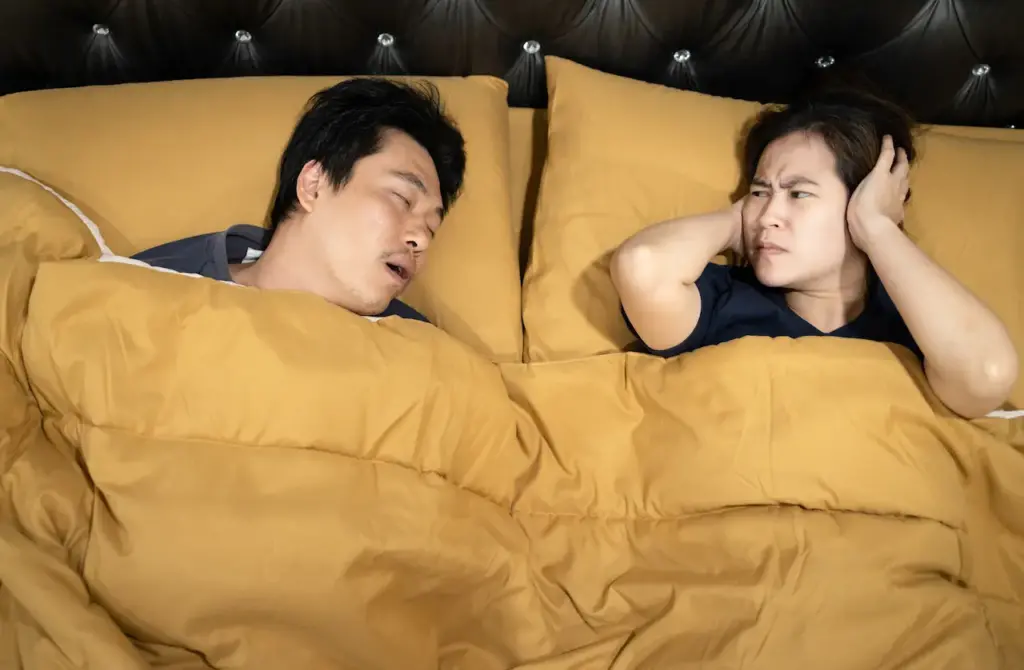
About 20% of children snore regularly, and only 2 to 3% have sleep apnea. The most common symptom of OSA in children is loud snoring, which can lead to daytime sleepiness, moodiness, and poor school performance.
11. Sleep apnea costs an average of $2,450 each year for diagnosis and treatment.
Australians with sleep apnea pay an average of $2,450 in diagnosis and treatment annually. This includes the cost of CPAP machines, doctor’s visits, sleep study and other treatments.
12. Sleep apnea costs the Australian economy 5.1 billion dollars annually.
The cost of sleep apnea to the Australian economy is estimated to be $5.1 billion annually. This includes $3.4 billion lost in productivity and reduced employment, $500 million in medical expenses and $1.1 billion in deadweight loss.
Additionally, in 2019-20, the government spent $547 million on OSA-related healthcare services accounting for 58% of the total spending for sleep disorders.
13. CPAP is the most effective treatment for sleep apnea.
CPAP is the most common treatment for sleep apnea, and it is estimated to be 80% effective. CPAP (Continuous Positive Airway Pressure) involves wearing a mask over the nose and mouth during sleep. The mask is connected to an oxygen concentrator that provides a steady stream of oxygenated air to prevent the air passage from collapsing.
Snoring Statistics & Facts Australia
14. How many people in Australia snore?
It is estimated that 20% of the population or 1 in 5 Australians occasionally snore, while 7% of the Aussies are habitual snorers. Snoring affects people of all ages but is more common in men and overweight people.
15. Only 60% of people who snore have sleep apnea.
Not everyone who snores has sleep apnea. While OSA can cause snoring, not all people who snore have OSA. It’s estimated only 60% of people who snore have OSA.
16. Men are three times more likely to snore than women.
It’s estimated four out of every ten Aussie men snores compared to one in ten women. The difference is thought to be due to anatomical differences, with women more likely to have narrower airways and men more likely to be more obese.
17. Average snorer snores for 22 minutes per night.
The average snorer in Australia snores 2.65 times or for 22 minutes per night. Men snore more and for a longer period (24 minutes) than women (17 minutes).
18. Women who snore are more likely to be shorter and heavier.
Generally, shorter women have narrower airways and heavier women are more likely to be obese, both of which are risk factors for snoring.
19. 1 in 3 men in 30 to 40 years age group snores.
This number goes up to half of all men in the 40-49 years bracket. However, those above 70 years are less likely to snore.
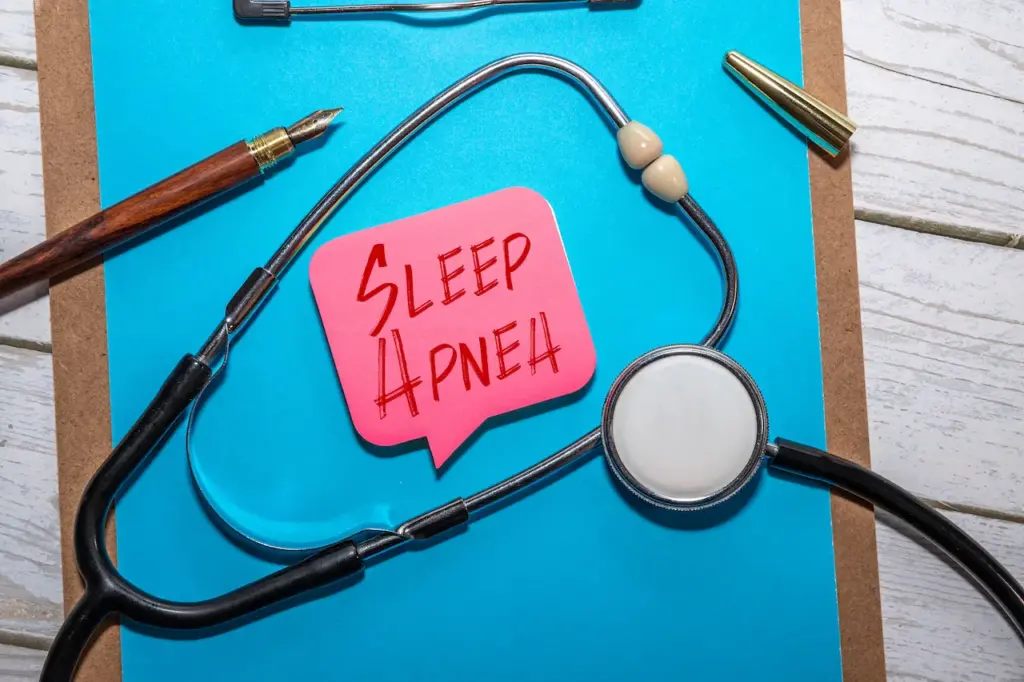
20. Back sleepers are more likely to snore.
When you sleep on your back, the soft tissues of your tongue and soft palate are more prone to collapse into your airway, resulting in snoring.
21. Alcohol relaxes the throat muscles and can make snoring worse.
Alcohol consumption can lead to snoring by relaxing the throat muscles and causing them to collapse. This is why people who drink alcohol are more likely to snore than those who don’t.
22. Snorers are six times more likely to have a stroke or heart attack.
Aussies who snore are six times more likely to have a stroke or heart attack than non-snorers. This is because snoring can cause sleep apnea, a risk factor for heart disease.
23. MADs are 80 to 95% effective in treating snoring.
Mandibular advancement appliances (MADs) are oral devices that keep your tongue in place or open up your airway to prevent snoring. MADs are estimated to be 80 to 95% effective in treating snoring.
24. Snoring is the fifth leading cause of divorce in Australia.
Snoring is the fifth leading cause of divorce, behind infidelity, money problems, communication issues, and different interests— one in four couples report that snoring has caused problems in their relationship.
25. An average snorer has a volume of 40 to 60 decibels.
Average snoring varies from 40 to 60 decibels, which is about as loud as a humming refrigerator. Some people, however, can snore as loudly as a vacuum cleaner, which is about 90 to 100 decibels.
Conclusion
As you can see, sleep apnea and snoring statistics in Australia are pretty alarming. It’s critical to raise public awareness about the dangers of sleep apnea and snoring and understand the magnitude of the problem. If you think you or someone you know may be at risk, it’s best to seek medical attention immediately.
